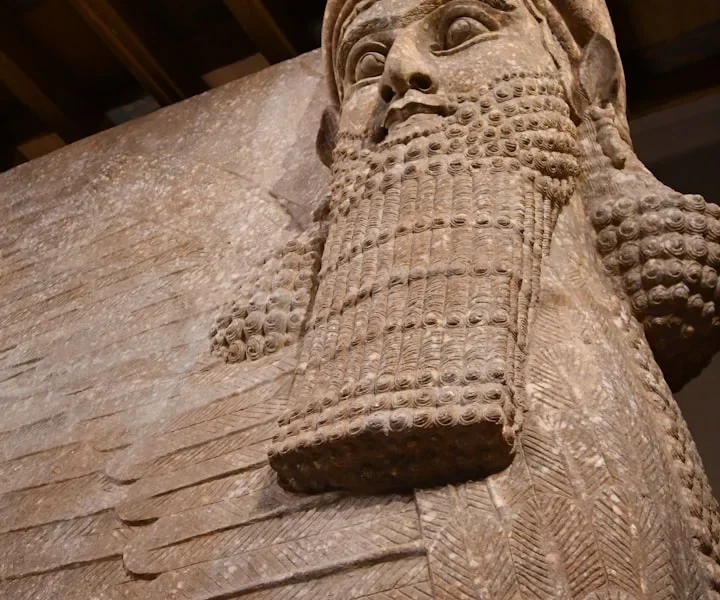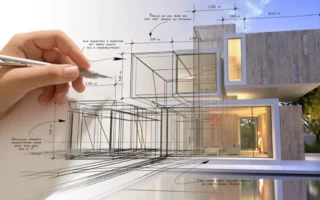Introduction:
Mesopotamia, often referred to as the “cradle of civilization,” was home to some of the most remarkable architectural achievements in ancient history. From towering ziggurats to intricate palace complexes, Mesopotamian architecture reflects the ingenuity and creativity of its people. In this exploration, we delve into the captivating world of Mesopotamian architecture, uncovering its defining characteristics and unraveling the mysteries behind its enduring legacy.
1: The Birth of Civilization:
Mesopotamia’s Architectural Landscape Mesopotamia, situated in the fertile crescent between the Tigris and Euphrates rivers, witnessed the rise of the world’s first cities around 3500 BCE. The need for organized urban spaces led to the development of architectural wonders that laid the foundation for future civilizations.
2: Ziggurats:
The Mesopotamian Pyramids One of the most iconic structures of Mesopotamian architecture is the ziggurat. These massive stepped temples served as sacred sites dedicated to the worship of deities such as Marduk and Inanna. Rising majestically towards the heavens, ziggurats were constructed using sun-dried mud bricks and adorned with colorful glazed tiles, symbolizing the connection between earth and sky.
3: The Royal Palaces:
Epicenters of Power and Grandeur Mesopotamian kings ruled from opulent palaces that showcased their wealth and authority. These sprawling complexes, such as the Palace of Sargon II at Khorsabad, featured impressive courtyards, audience halls, and intricate reliefs depicting scenes of royal conquests and divine blessings. The architecture of these palaces reflected the hierarchical structure of Mesopotamian society, with towering walls and fortified gates serving as symbols of protection and prestige.
4: Innovation in Construction:
The Arch and the Vault Mesopotamian architects were pioneers in engineering, developing techniques such as the use of the arch and vault to create stable and durable structures. The vaulted chambers of the Assyrian palaces and the arched gateways of Babylon exemplify their mastery of architectural innovation. These advancements not only enabled the construction of larger buildings but also paved the way for future architectural developments in civilizations around the world.
5: Urban Planning:
The Layout of Mesopotamian Cities The layout of Mesopotamian cities was carefully organized to facilitate trade, commerce, and communal life. Streets were laid out in a grid pattern, intersecting at right angles to create a network of thoroughfares. Public buildings, such as markets and temples, were strategically positioned at the heart of the city, serving as focal points for social and religious activities. This meticulous urban planning reflects the advanced level of civilization achieved by the Mesopotamian people.
6: The Enduring Legacy of Mesopotamian Architecture:
Despite the passage of millennia, the influence of Mesopotamian architecture continues to resonate in modern times. From the use of arches and vaults in contemporary construction to the enduring symbolism of stepped structures, the legacy of Mesopotamian architecture lives on. By studying and appreciating these ancient marvels, we gain insights into the creativity, innovation, and resilience of the Mesopotamian civilization.
Conclusion:
Mesopotamian architecture stands as a testament to the ingenuity and vision of an ancient civilization that thrived amidst the challenges of its time. From the towering ziggurats to the majestic palaces, each structure tells a story of innovation, power, and cultural richness. As we unravel the mysteries of Mesopotamian architecture, we gain a deeper appreciation for the enduring legacy of this remarkable civilization.




